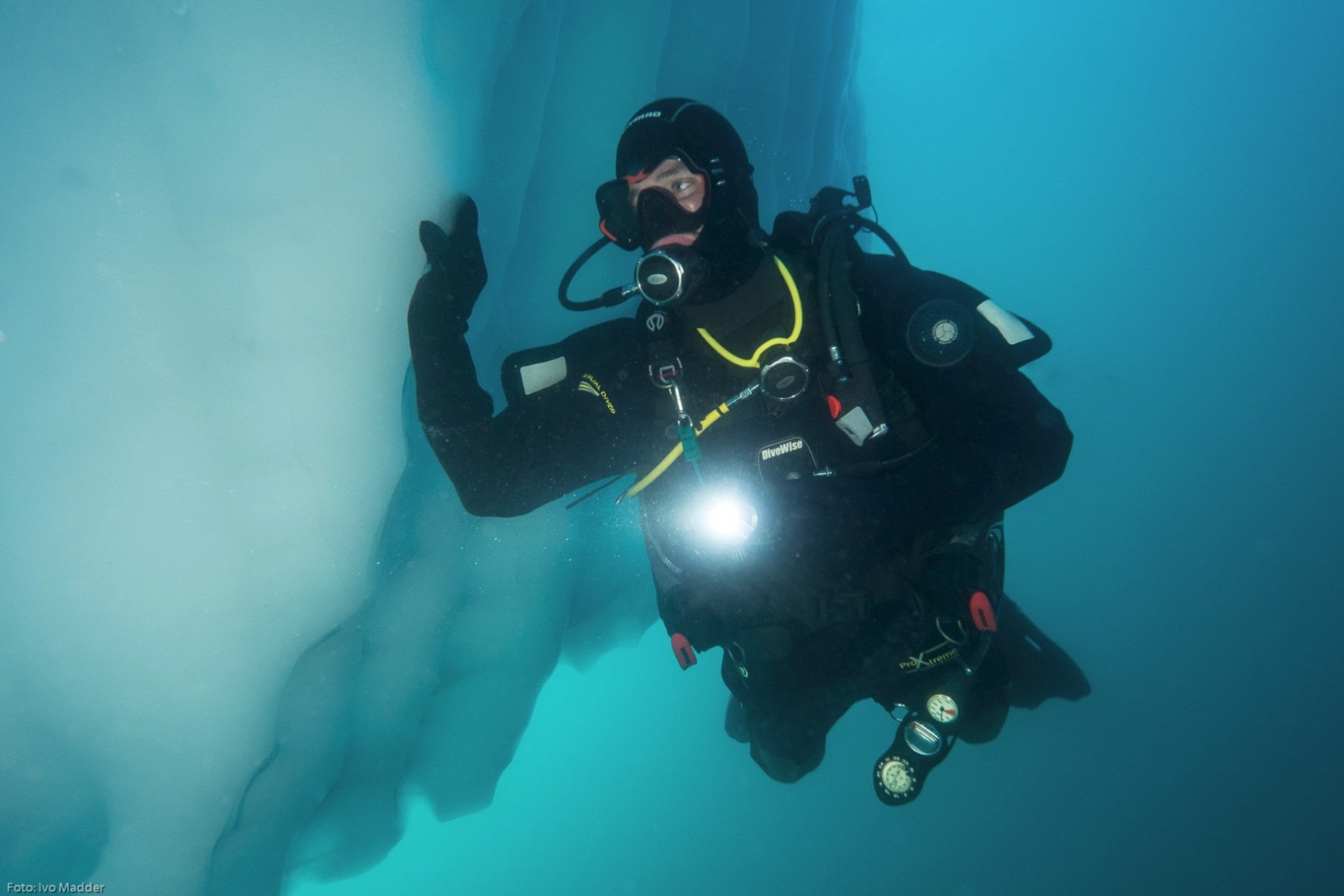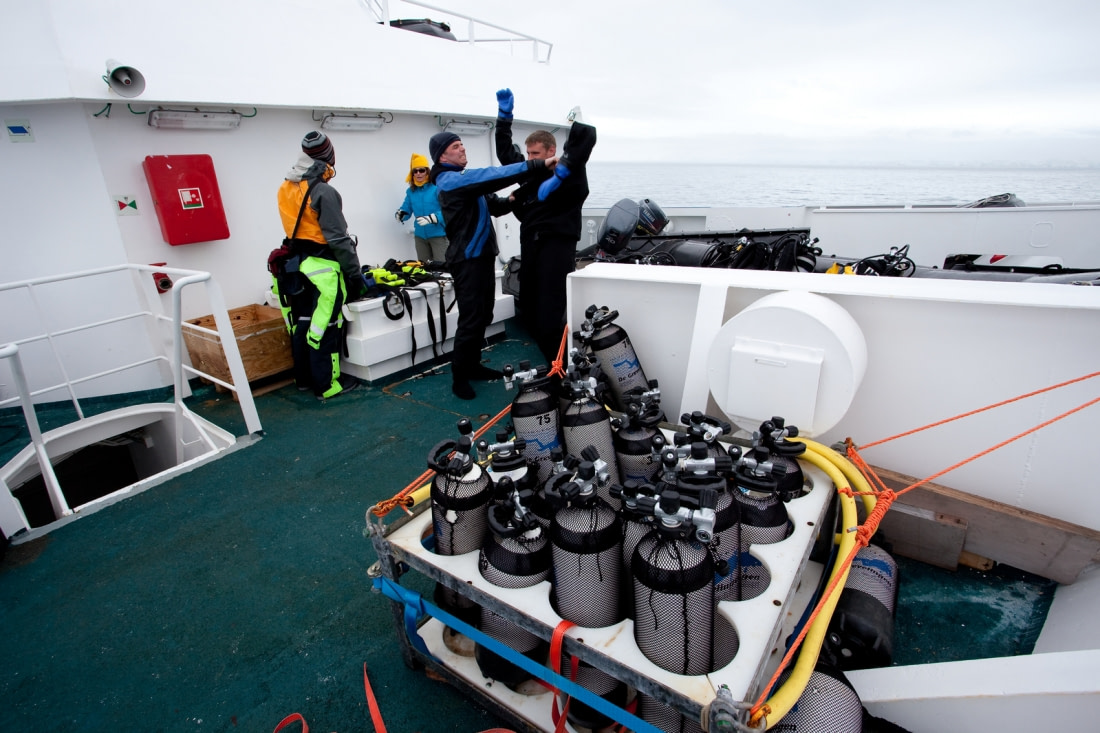Most scuba divers are drawn to warm waters and tropical reefs, and it's easy to see why. However, even the most thrilling experiences can become repetitive if done too often.
Now, imagine diving into a realm that only a select few have ever witnessed—a glacial world so uniquely stunning that only a handful of seasoned cold-water divers get to explore it. This is the allure, challenge, and unparalleled reward of polar diving. For a glimpse of this extraordinary experience, check out our Antarctic diving video at the end.
For now, let's delve into the benefits and specifics of this unique polar sport...
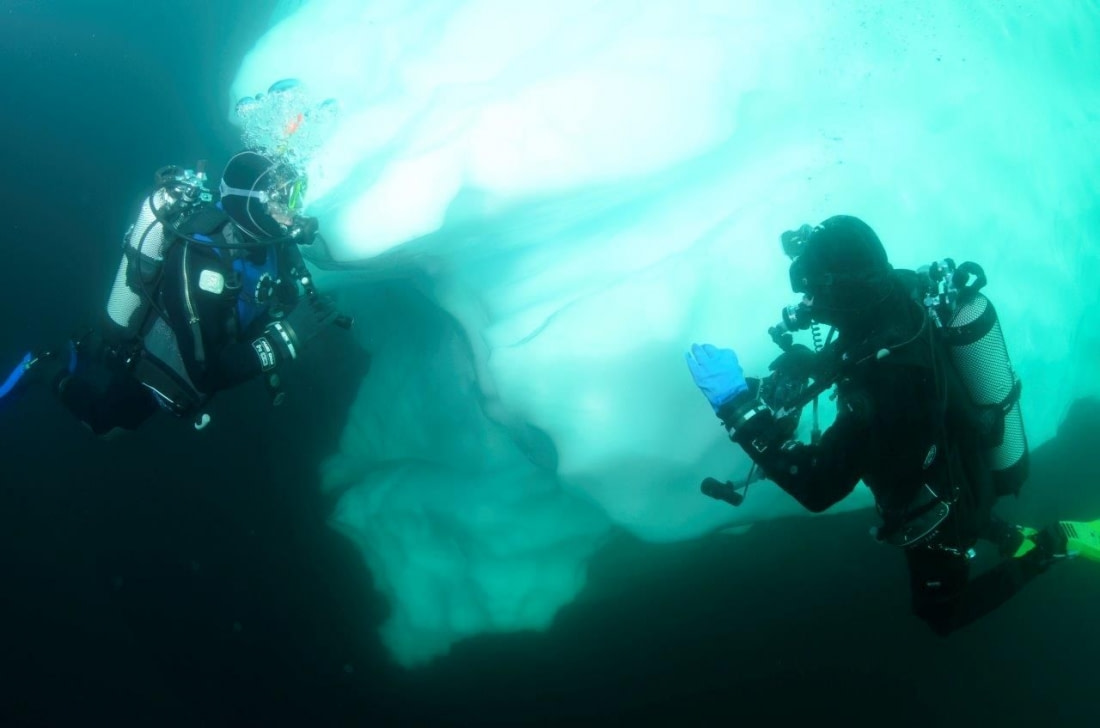
The rich rewards of polar diving
The icy waters of the Arctic and Antarctic regions host a diverse array of marine life that you won't find anywhere else. The various ice formations create a vibrant display of colors and patterns that are truly one-of-a-kind.
Among the fascinating creatures you might encounter are sea squirts, squat lobsters, dogfish, sea butterflies, and shrubby horsetails. In the Arctic, you may see common seals, while in Antarctica, you could swim alongside seals like leopard seals and even some penguin species. We hope you get to see them all!
However, please remember that we cannot guarantee sightings of these animals, whether above or below the water. In the polar regions, nature dictates the terms, not us.
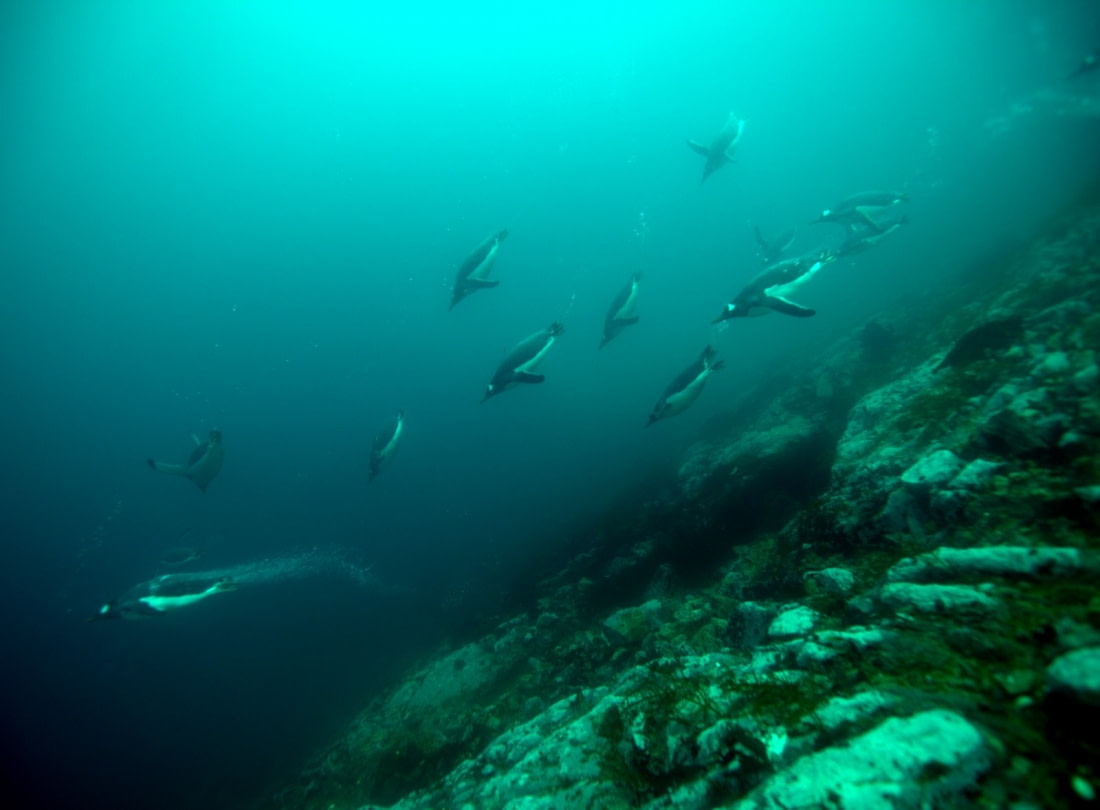
Polar diving equipment
Scuba diving always requires preparation, caution, and the right equipment. Cold-water diving demands even more attention to these aspects. Keeping the body warm is crucial, as standard diving gear doesn't function well in near-freezing temperatures.
Traditional wetsuits are insufficient for polar diving in Antarctica or the Arctic. Dry suits are necessary, featuring sealing systems designed to keep divers dry.
Cold-water regulators are also essential, as they are built to resist freezing and ensure proper air flow. For those seeking extra comfort, heated diving undergarments can maintain your body temperature at Caribbean levels.
Experience in polar diving
Polar diving requires more experience than traditional scuba diving, and our safety regulations reflect this. In addition to holding an internationally recognized scuba certificate, polar divers must verify at least 30 logged cold-water dives before participating in our polar diving program.
This requirement is due to the unique dangers of the polar environment. For instance, the frigid water can cause regulators to free-flow air, so divers need to practice handling this issue. Hypothermia is another risk, making it crucial to recognize its symptoms and abort the dive if necessary.
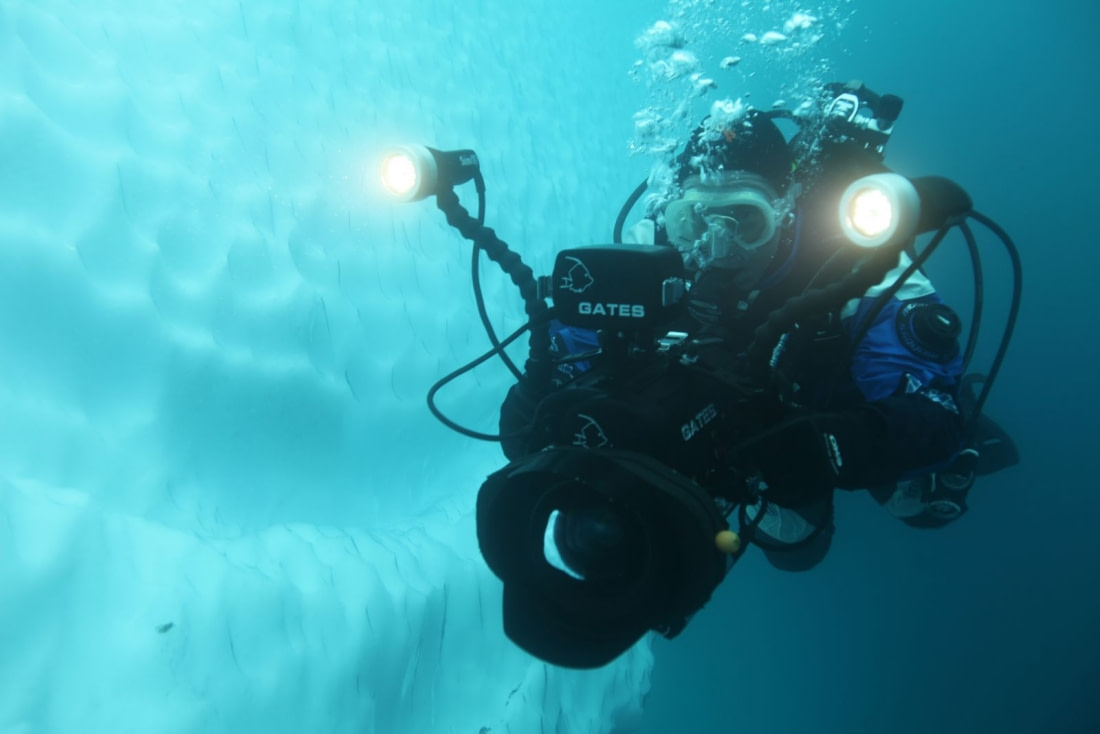
Polar diving conditions
All dives should have a comprehensive dive plan, but this is even more critical for polar diving.
Our polar dive leaders are highly trained experts with extensive experience in diving in Antarctica and the Arctic. Given the unpredictable ice and weather conditions in these regions, we always have a solid strategy for entries and exits, considering the possibility of shifting surface ice, blizzards, and katabatic winds (in Antarctica).
As anyone who has taken an Antarctica cruise or Arctic trip can attest, flexibility is key in the polar regions. You can learn more about gear, safety, and dive conditions on our polar diving page.
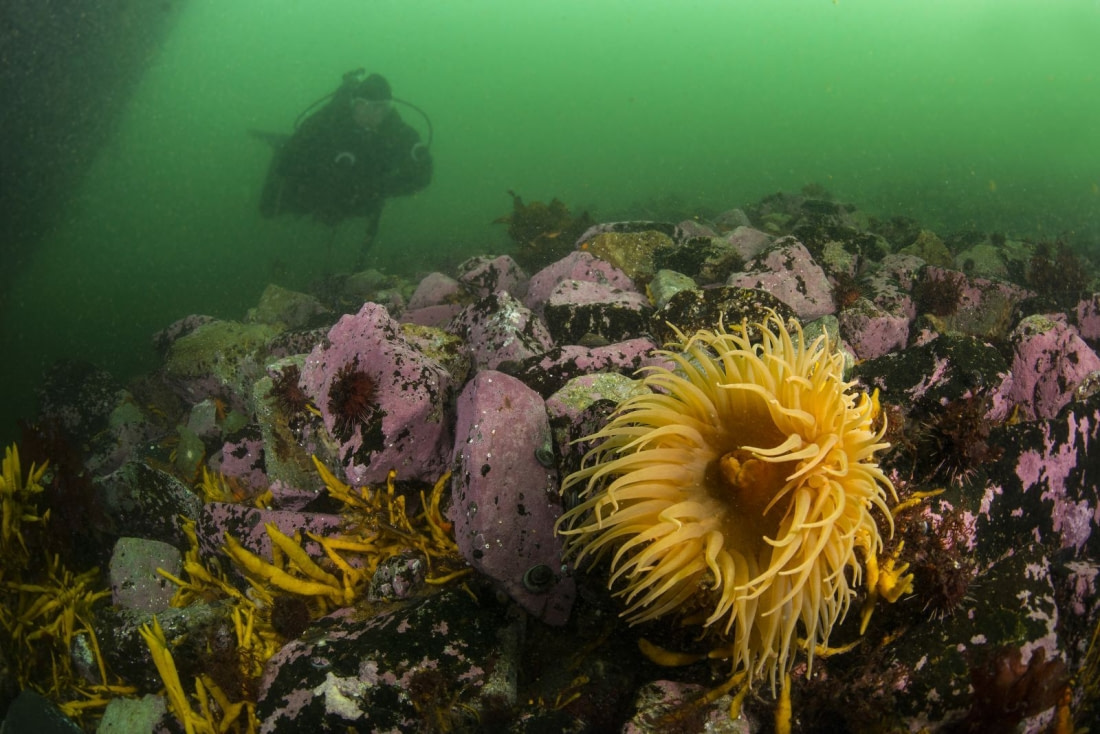
A word about polar wreck diving
One of the perks of the cold polar waters is their ability to preserve shipwrecks. Wreck diving is a favorite among our divers, and for good reason.
In Antarctica's Wilhelmina Bay, we offer dives to the remains of the historic whaling ship, Guvernøren, which sank in 1915 under mysterious circumstances that remain unexplained. The above-water scenery and wildlife in Wilhelmina are also breathtaking. Even if you don't dive here, you won't be disappointed.
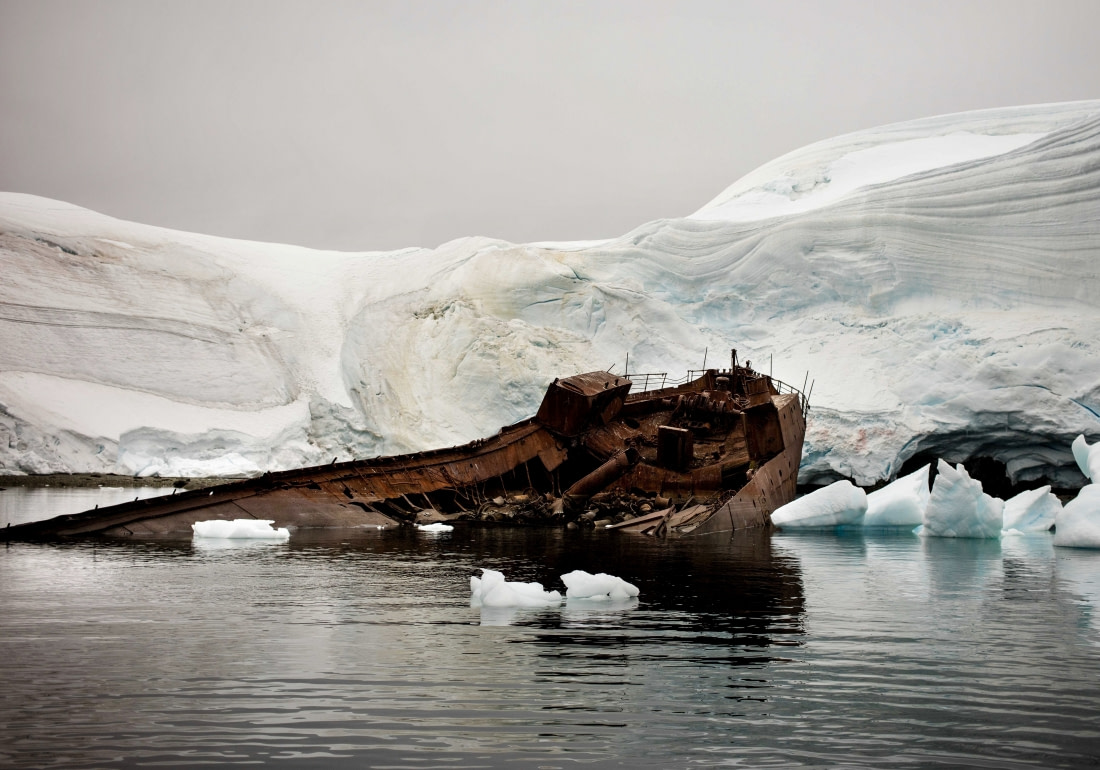
Experience polar diving in motion pictures
We promised you a video, and here it is.
While this clip focuses on Antarctic diving, remember that we also offer numerous fantastic Arctic options. Until you join us on a polar diving adventure in either region, let this video ignite your passion for icy underwater exploration!
Blog



What to pack for your Atlantic Odyssey voyage?
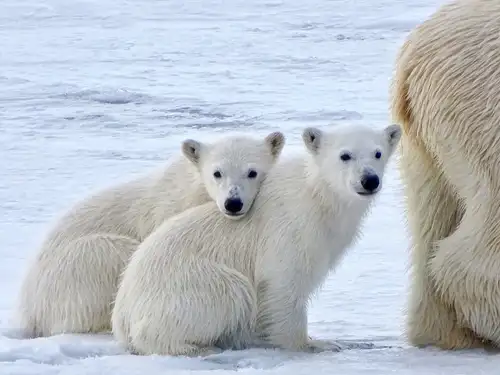
Where the Polar Bears Roam
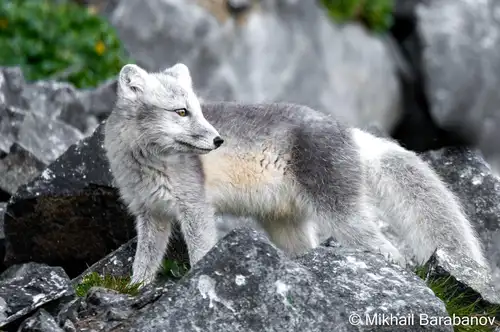
The Small Mammals of the Arctic and Antarctica
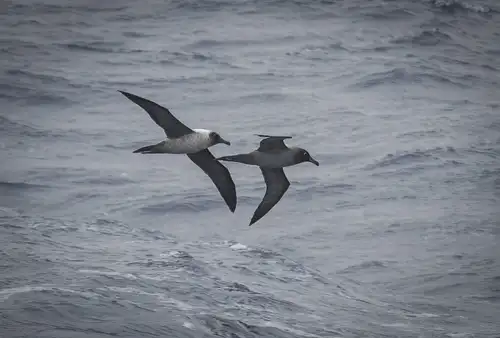
Birds of the South: 33 Antarctic Birds and Seabirds

Hot Ice: Breeding Practices of Five Polar Animals
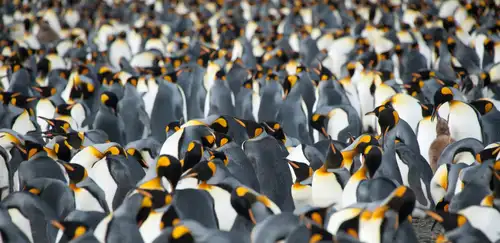
Experience King Penguins, Seals and More in South Georgia
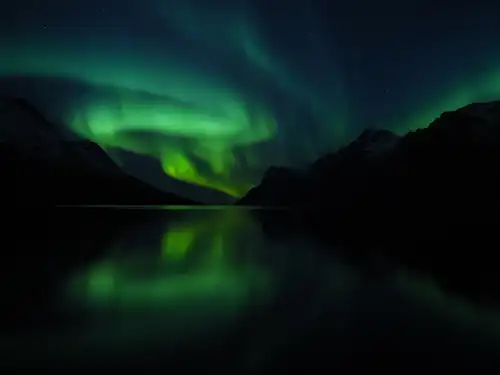
10 Illuminating Facts about the Northern Lights
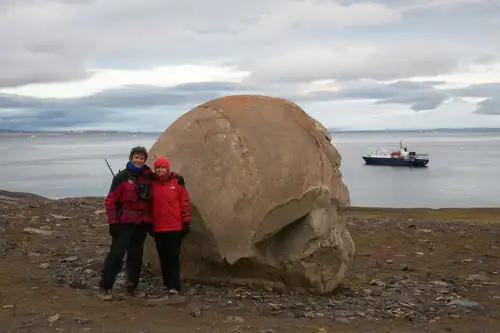
The Return to Franz Josef Land
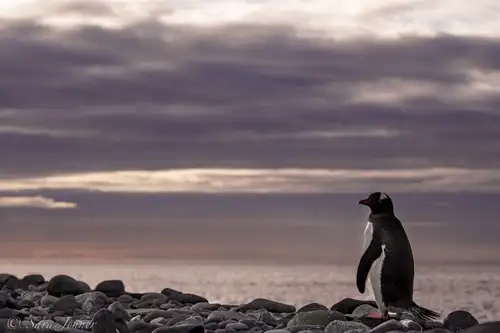
Penguin Wisdom: Life Lessons from Our Favorite Flightless Birds
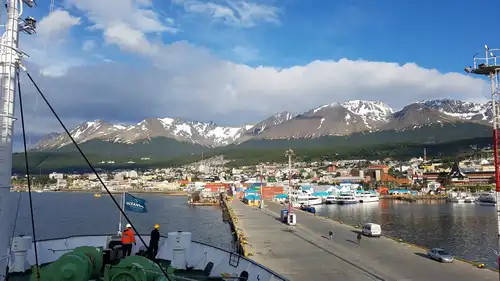
Seven Things to Do around Ushuaia
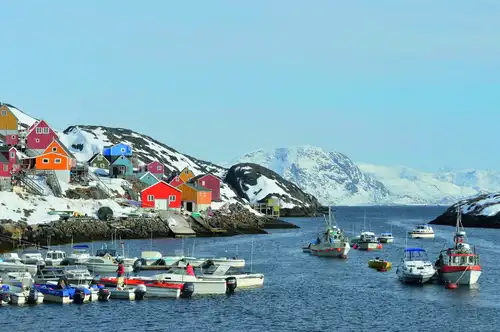
Amazing Greenland

The World Is Changing for Greenland's Native Inuit People
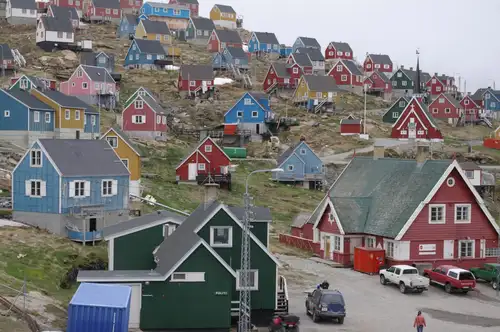
10 Traits of Post-Ice-Age Greenland
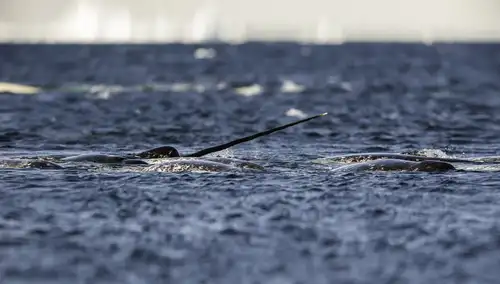
Narwhals: the Aquatic Unicorns of the Arctic

The First Overwintering Hut in Antarctica

Cheapest Antarctica Cruises: How to Save on Your Journey
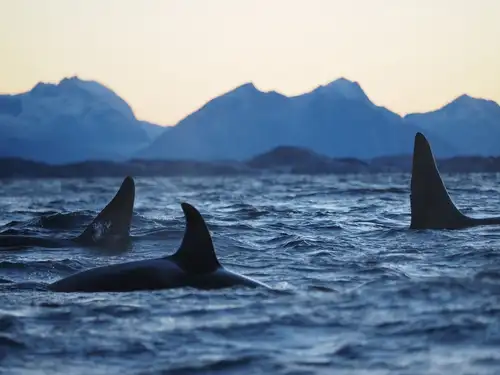
Orcas of the Polar Seas
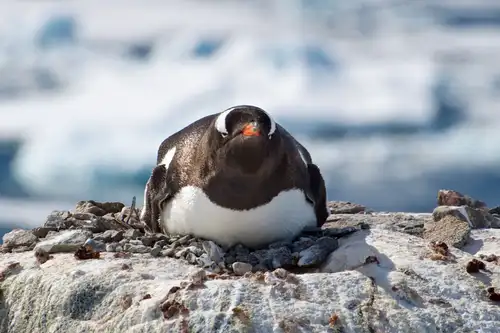
Life in a Penguin Colony
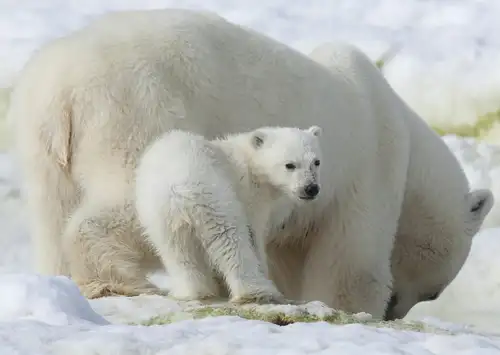
Arctic Icon: 10 Facts about the Polar Bear




